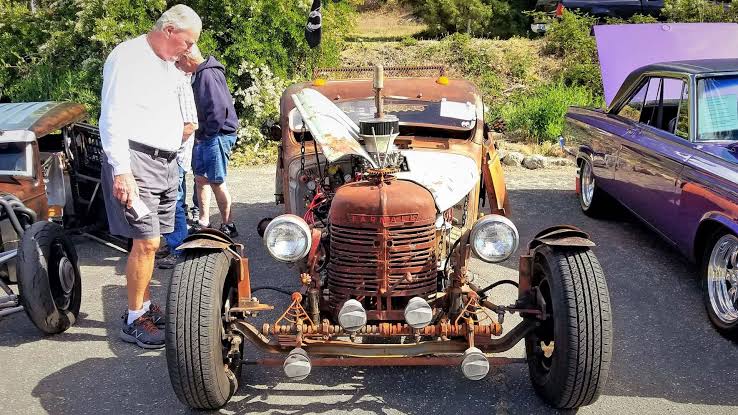
Sometimes we’re so close to the action that we can’t see what’s happening. For example, consider the current and future directions of rat rodding. As industry insiders with decades of knowledge and access to the greatest automobile builders and manufacturers, we can easily forget that hot rodding began as a counterculture movement. Its early supporters were misfits with nothing to lose and no financial resources; early hot rods were built from available leftover components and discarded jalopies, just like rat rods are today. To complicate matters further, the hot rodders of yesteryear were unsavoury individuals that Hollywood made terrifying movies about, terrorising the roads and destroying the moral fabric of society.
When HOT ROD magazine was published in 1948 (a full year before Motor Trend), the hot-rodding counterculture received some crucial structure and respectability, and what was once considered a rebellious counterculture is now part of American culture proper. Every facet of hot rodding is classified by year, engine, brand, and type of use, with each car and person having its own safe zone and vertical silo of products, events, and lifestyle. Hot rodding is now a massive enterprise that has separated the hot-rodding world into neat slices that, for better or worse, allow people with opposing interests to safely separate from one another. We in the media offer up galleries of dazzling high-dollar machines while selling pallets of blister-packed items that are gobbled up by a predominantly well-heeled
Meanwhile, analysts speculate on the future of hot rodding, asking whether the pastime will expand beyond its current confines. Will a new favourite colour emerge? Will the next crate engine set the globe ablaze? The answer is much simpler: The old counterculture has become an institution, and the future lies not in technology, but in new blood: rat rods. Rat rodders are a new generation of hot rod builders who have fewer preconceived notions about how they should be made. Rat rodders expose the structural restrictions of categorisation through mismatched parts and eras, defying convention. As if to add salt to the wound, rat rodders do this while costing virtually little, except for their own blood.
When I see street rodders, I occasionally enquire about the rat rod movement and how they perceive it. As a muscle car lover with deep roots in the modern muscle car movement of the ’80s and ’90s, I’m a street-rod outsider who has come to appreciate conventional hot rods. What puzzles me is the reaction I receive from street rod builders about rat rods.



